As you slide into the driver’s seat, the dashboard of your Nissan Leaf comes alive, a constellation of lights illuminating like a map to guide you through the journey ahead. But what happens when one of those lights flickers to life unexpectedly, casting a shadow of uncertainty over your drive?
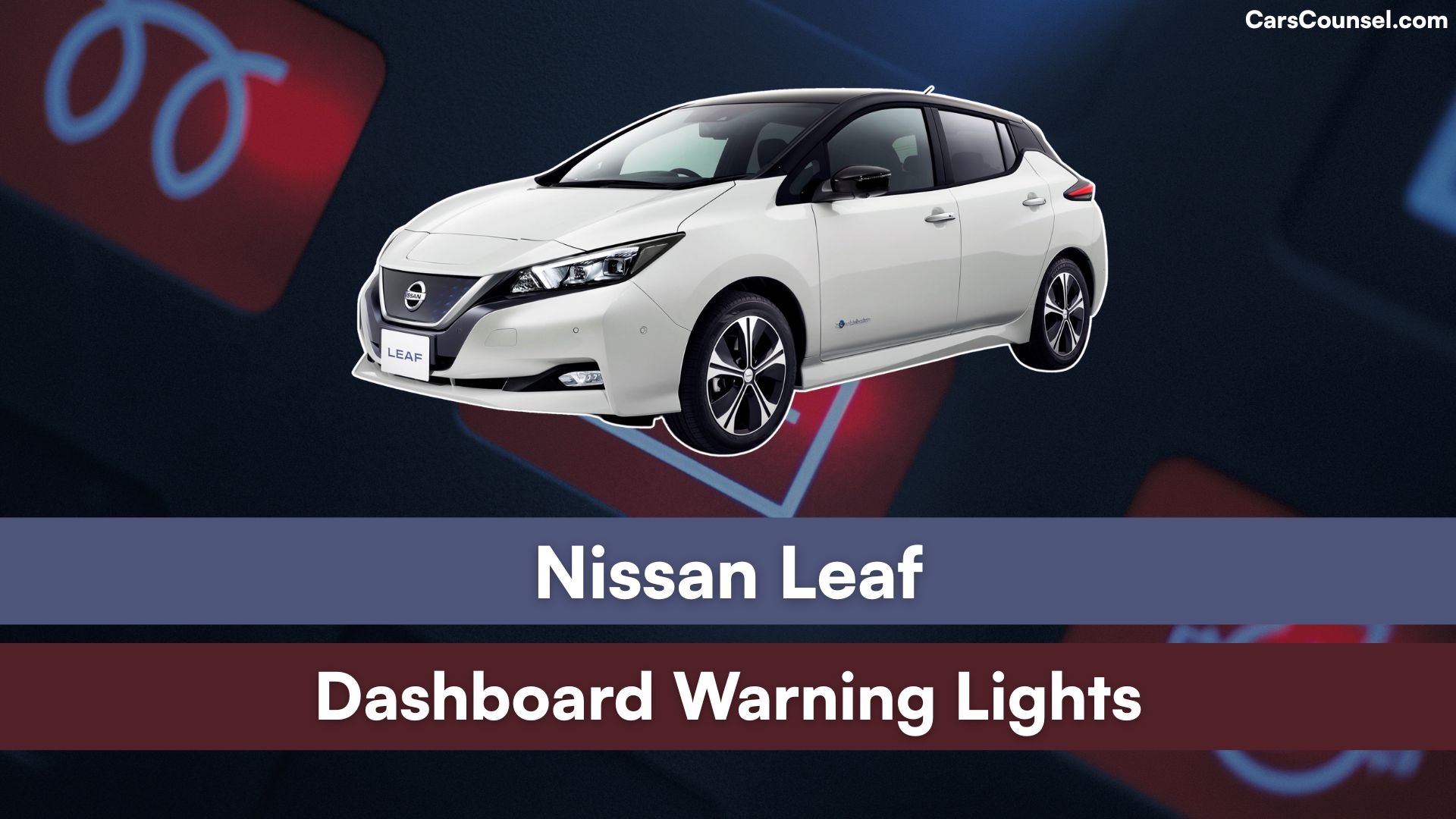
You know it’s more than just a minor annoyance – it’s a warning sign that something’s amiss. But what does it mean, and how can you respond? The answer lies in deciphering the cryptic language of your Nissan Leaf’s dashboard warning lights, and it’s a code you’ll want to crack before it’s too late.
Quick Navigation
Electrical and Battery Systems
Battery Warning Light
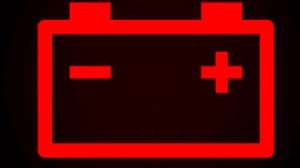
The battery warning light indicates a malfunction in the DC/DC converter system, which converts 400-volt Li-ion battery voltage to charge the 12-volt battery. If it’s lit continuously, stop the vehicle in a safe position and contact a Nissan workshop. Avoid charging the 12-volt battery while the light is illuminated, as it may lead to a malfunction of the DC/DC converter system.
Vehicle Charging Light
The vehicle charging light illuminates in green when the charge connector is connected to the vehicle and flashes during electric charging. For proper battery maintenance, ensure you follow the recommended charging schedule.
Braking and Safety Systems
ABS Warning Light
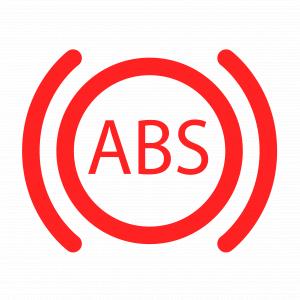
An illuminated ABS (Anti-lock Braking System) warning light indicates a potential problem with your car’s ABS system.
Brake Warning Light
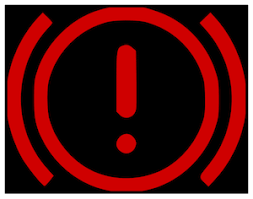
A brake warning light on your car’s dashboard indicates a problem with the braking system, and it should never be ignored. It can signal issues like low brake fluid, worn brake pads, a faulty sensor, or an engaged parking brake. It’s crucial to have the brakes inspected by a mechanic if the light persists.
Supplemental Airbag Warning Light

Low brake fluid is indicated by the VDC and yellow brake warning lights. The airbag warning light stays on if the airbag system has malfunctioned, while the Supplemental airbag warning light flashes intermittently in the same situation.
These safety features are designed to keep you safe on the road. It is essential to pay attention to these warning lights and address any issues promptly to avoid brake failure or other safety concerns.
Vehicle Control and Performance
How does your Nissan Leaf’s Vehicle Control and Performance system guarantee a smooth ride and peak performance?
This system certifies your vehicle operates at its best, thanks to features like ECO mode optimization, which helps extend your range.
Electric Shift Control Warning Light
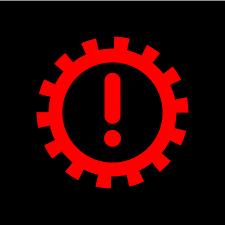
The Electric shift control system also plays a vital role, and if a malfunction occurs, the electric shift control warning light will illuminate.
VDC Warning Light
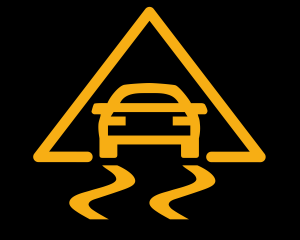
Additionally, the Vehicle Dynamic Control (VDC) warning light helps keep understeer, oversteer, and wheel slip under control.
Power Steering Warning Light

If a fault is detected in the power steering system, the power steering warning light will come on, and you may need to apply more force to turn the wheel.
With these features working together, you can enjoy a smooth and efficient ride.
Tire Pressure and Other Systems
Tire Pressure Warning Light
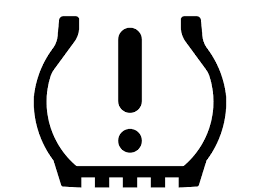
The tire pressure warning light illuminates when the tire pressure monitoring system (TPMS) detects low pressure in one or more tires. The system automatically resets after you inflate the tire to the recommended pressure and drive above 16 mph. The Leaf uses tire pressure sensors in each wheel to verify proper tire inflation.
Master Warning Light
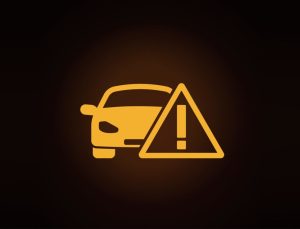
The master warning light may illuminate alongside another warning light to indicate a non-urgent or urgent issue. Notifications may also appear for low outside air temperature, low washer fluid, lights left on, plug-in indicators, and remove charge connector warnings.
Security and Information Systems
Security Warning Light
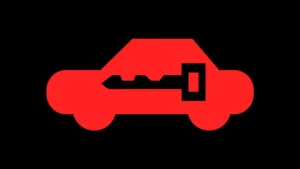
The security warning light flashes when the power switch is in the ACC, OFF, or LOCK position, indicating that the security system is equipped and operational. If the system malfunctions, the security light remains on while the power switch is in the ON position.
Troubleshooting Security Issues
Ensure the Key Fob or Intelligent Key is properly registered and not interfering with other electronic devices. If you encounter difficulties placing the power switch in the ready-to-drive position, separate the key from the device causing interference.
Dashboard Indicators
The dashboard may display icons such as “no key detected,” “key battery low,” or “EV system operation for discharged Intelligent Key system indicator,” providing additional information to troubleshoot issues.
Dashboard Warning Light Meanings
System-Specific Meanings
The meanings of warning lights vary depending on the affected system. Examples include:
Electrical and battery systems, where the battery warning light indicates a malfunction in the DC/DC converter system.
Braking and safety systems, where the EV warning light illuminates to signal a malfunction in the traction motor and inverter system.
Importance
Familiarizing yourself with warning light meanings allows you to address issues promptly and avoid potential risks.
Common Warning Light Faults
Battery Warning Light
The battery warning light may activate due to a sensor issue, signaling a DC/DC converter malfunction. Proper battery maintenance, such as correctly charging the 12-volt battery, can resolve this.
EV Warning Light
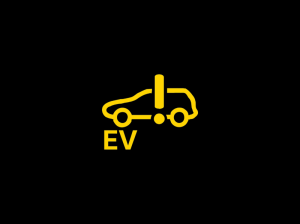
The EV warning light may illuminate due to faulty sensors affecting the traction motor, inverter system, charge port, or on-board charger. Prompt resolution is necessary to prevent further damage.
Warning Light Procedures and Precautions
Procedures
Refer to your dashboard guides to identify the specific warning light and follow the corresponding procedure. If you’re uncertain, consult your owner’s manual or contact a Nissan workshop for guidance.
Precautions
Follow procedures carefully, as ignoring or misinterpreting warning lights can lead to severe consequences. Some lights, like the brake warning light, require immediate attention, while others indicate less urgent issues. Prioritize safety by addressing warning lights promptly.
Understanding Nissan Leaf Warning Lights
Importance of Warning Lights
As the owner of an electric vehicle, it’s essential to understand what each warning light means to ensure your safety on the road and prevent costly Nissan maintenance.
Key Systems
Familiarize yourself with the various warning lights, including those related to electrical and battery systems, braking and safety systems, vehicle control and performance systems, tire pressure and other systems, and security and information systems.
Troubleshooting Nissan Leaf Issues
Responding to Warning Lights
When a warning light appears, consult your owner’s manual or visit a Nissan workshop for assistance. For electric vehicle-specific issues, check the battery warning light, EV warning light, and power limitation warning light. If the battery warning light is lit, stop your vehicle in a safe position and contact a Nissan workshop. For braking issues, monitor the ABS warning light, brake warning light, and VDC warning light.
Maintenance Tips
Regular Nissan maintenance, such as checking tire pressure and washer fluid levels, can help prevent issues. Address warning lights promptly to guarantee your safety on the road and maintain the health of your electric vehicle.
When looking at Nissan, make sure to check out our guides on models like the Nissan Quest, Nissan Maxima, Nissan Rogue, and Nissan Altima. Understanding dashboard warning lights is essential. Our expert reviews break down what each light means, highlighting common alerts for these models and what they could signal about underlying issues, so you’re never left guessing behind the wheel.

